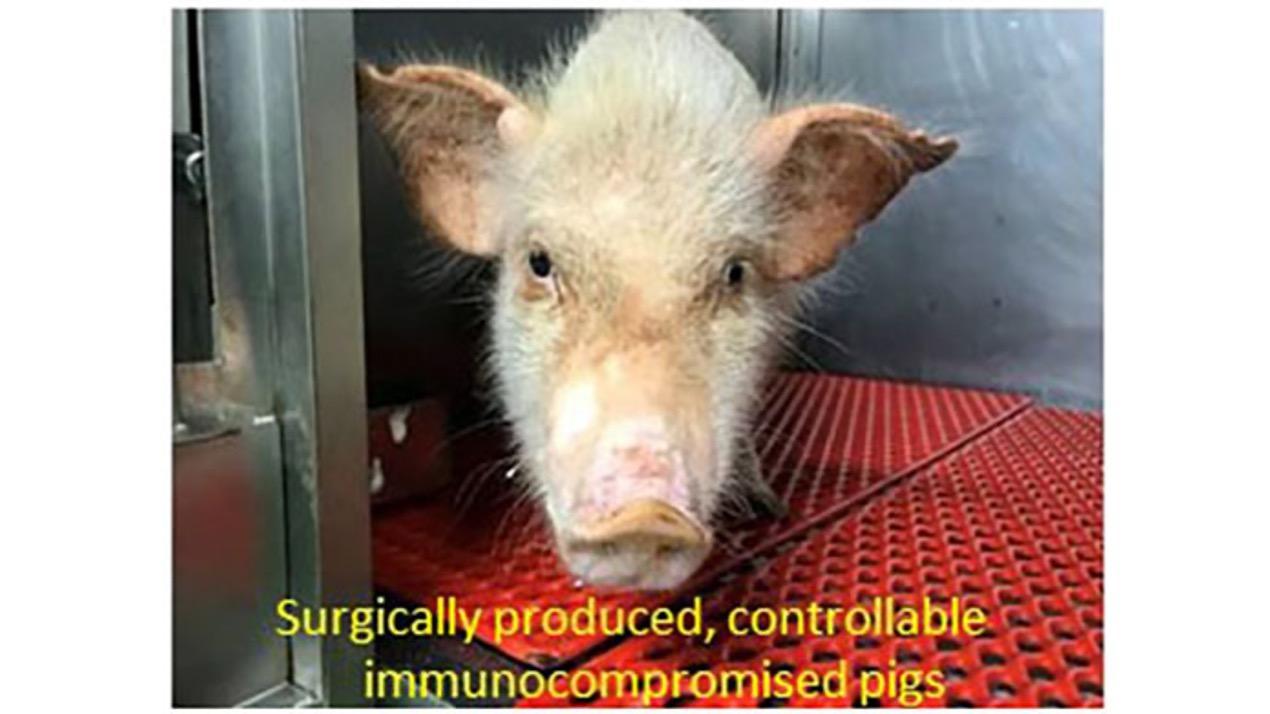Development of an immunodeficient pig model allowing long-term accommodation of artificial human vascular tubes

Title: Development of an immunodeficient pig model allowing long-term accommodation of artificial human vascular tubes
Authors: Manabu Itoh, Yosuke Mukae, Takahiro Kitsuka, Kenichi Arai, Anna Nakamura, Kazuyoshi Uchihashi, Shuji Toda, Kumika Matsubayashi, Jun-ichi Oyama, Koichi Node, Daisuke Kami, Satoshi Gojo, Shigeki Morita, Takahiro Nishida, Koichi Nakayama & Eiji Kobayashi
Journal: Nature Communications, 10, Article number: 2244 (2019)
DOI: 10.1038/s41467-019-10107-1
Abstract:
Before they are used in the clinical setting, the effectiveness of artificially produced human-derived tissue-engineered medical products should be verified in an immunodeficient animal model, such as severe combined immunodeficient mice. However, small animal models are not sufficient to evaluate large-sized products for human use. Thus, an immunodeficient large animal model is necessary in order to properly evaluate the clinical efficacy of human-derived tissue-engineered products, such as artificial grafts. Here we report the development of an immunodeficient pig model, the operational immunodeficient pig (OIDP), by surgically removing the thymus and spleen, and creating a controlled immunosuppressive protocol using a combination of drugs commonly used in the clinical setting. We find that this model allows the long-term accommodation of artificial human vascular grafts. The development of the OIDP is an essential step towards a comprehensive and clinically relevant evaluation of human cell regeneration strategies at the preclinical stage.





